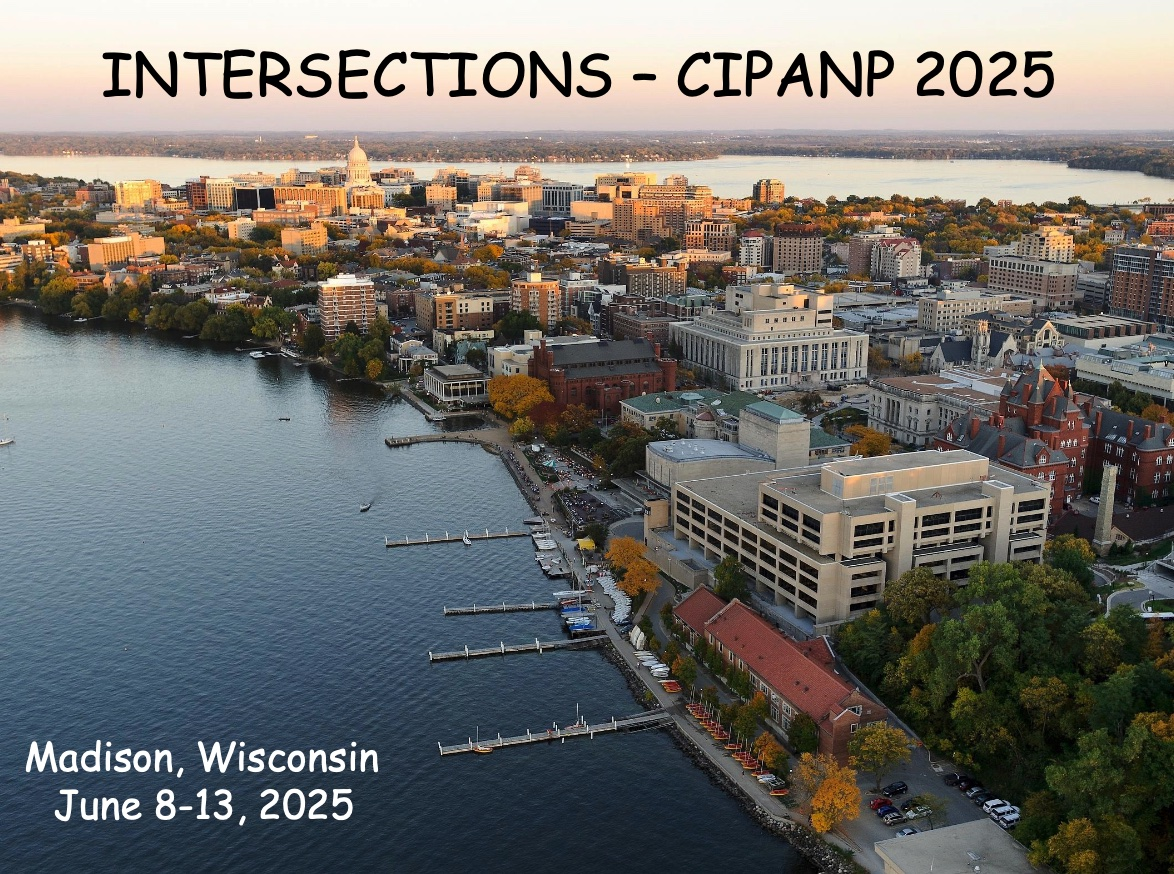Conveners
Cosmic Physics and Dark Energy, Inflation, and Strong-Field Gravity:: Parallel 4
- Mathew Madhavacheril (University of Pennsylvania)
Cosmic Physics and Dark Energy, Inflation, and Strong-Field Gravity:
- Mathew Madhavacheril (University of Pennsylvania)
I will present the cosmological analysis from the simultaneous Bayesian estimates of gravitational-lensing potential bandpowers and unlensed cosmic microwave background (CMB) EE bandpowers using the polarization maps from the South Pole Telescope (SPT) observed in 2019/20. These observations produce the deepest high-angular-resolution CMB polarization maps at 95, 150, and 220 GHz to date,...
The cosmic microwave background (CMB) is a powerful probe of physics beyond the standard model (BSM). While BSM searches using the CMB have traditionally focused on the primary anisotropies imprinted at the surface of last scattering, secondary anisotropies – arising from the interaction of CMB photons with intervening large-scale structure (LSS) – can also encode subtle signatures of new...
CMB-S4, the next-generation ground-based cosmic microwave background (CMB) experiment, will make measurements with unprecedented precision and provide fundamental new insights into cosmology and fundamental physics. Its key measurements will include the search for primordial gravitational waves, probes of the nature of dark matter and dark energy, tight constraints on light relic particles,...
Gravitational-wave multi-messenger observations harness the complementary strengths of different messengers to deepen our understanding of the Universe. With the ongoing LIGO-Virgo-KAGRA observing run and planned upgrades to the observatories, the increasing number of detections positions us to tackle key questions in cosmology. In this talk, I will outline the exciting opportunities that...
In this talk will review the status of AI inference methods that aim to tighten measurements of fundamental physics from cosmological survey data. I will discuss the promises of these methods as well as their challenges, in particular with respect to systematic errors in simulations. I will then show our recent work on AI for squeezed limit observables, where robustness to systematics is more...
The fundamental nature of dark matter (DM) so far eludes direct detection experiments, but it has left its imprint in the cosmic large-scale structure. Extracting this information requires accurate modelling of structure formation for different dark matter theories (e.g., axions, interacting DM), careful handling of astrophysical uncertainties and consistent observations in independent...
Machine Learning Emulators have been widely applied to accelerate cosmological analyses. We develop reliable Transformer architecture models (and some other models) for CMB power spectra in the range of ell=2-5000 within LCDM model, to a precision well bounded by cosmic variance limit. Through improvement in the choice of architecture, activation functions, loss functions, pre-processing of...
We investigate the origin of the cosmological constant, which plays a crucial role in the accelerated expansion of the Universe. One salient and intriguing property of the cosmological constant is that the associated pressure is the negative of its energy density. By analyzing the energy-momentum tensor form factors of hadrons, we find that the QCD trace anomaly balances the pressure from...
With the last decade of imaging surveys, such as the Dark Energy Survey (DES), a joint weak lensing and clustering analysis has been established as a powerful test of the cosmological model and probe of dark energy. In this talk, I will present weak lensing cosmology results measured with the Y6 shear catalog containing more than 150 million galaxies, constituting the most powerful weak...

